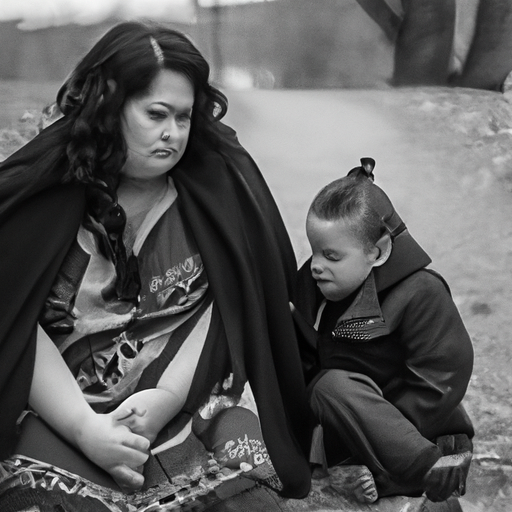Impact of Opioid Crisis on Indigenous Communities in Canada and Their Resilience
In light of this intriguing article published on the Macdonald-Laurier Institute’s website, we delve into the nuances of Canada’s opioid crisis and its effects on the indigenous population in particular. We explore the overwhelming challenges and remarkable resilience demonstrated by these communities under the shadow of a mounting public health issue.
Effects of Opioid Crisis on Indigenous Communities
The opioid crisis, named so due to the stupefying numbers of overdose deaths and harms related to opioid drugs, has hit the indigenous communities disproportionately hard. Misuse and addiction have led to an increase in crime, homelessness, and particularly distressing, the breakup of families.
On Crime and Homelessness
The epidemic has been a driver of crime rates with individuals resorting to theft and other unlawful activities to support their drug addictions. Unsurprisingly, there is a clear nexus between opioid misuse and homelessness with the homeless population at an increased risk of opioid abuse and vise versa.
On Disintegration of Families
The ripple effects of opioid misuse extend beyond the user. It has led to a surge in the number of children being taken into child welfare as their parents or caregivers grapple with addiction. Often this factor compounds the trauma and vulnerability that led to drug abuse in the first place, creating a vicious cycle and tearing families apart.
Indigenous Resilience and Solutions to the Opioid Crisis
Yet, even amidst these hardships, there is reason for hope. Inspired by their innate tenacity, indigenous communities have rallied together applying traditional knowledge and practices to combat this crisis from the ground up.
Naloxone Training
Naloxone is a medication designed to rapidly reverse an opioid overdose. Indigenous communities are focusing efforts on making this life-saving drug more accessible and are also conducting training on its use. Naloxone can be a crucial tool in this fight when every minute counts.
Indigenous-led Solutions
Recognising that a one-size-fits-all approach will not yield solutions, these communities are using the wisdom of their elders and incorporating traditional healing practices into addiction treatments. This cohesive, culturally-grounded approach aids in generating strategies rooted in the community’s unique needs.
Key Points:
- The opioid crisis in Canada has caused a significant increase in crime, homelessness, and the division of families within indigenous communities.
- Despite the adversity, indigenous communities are demonstrating remarkable resilience against this public health crisis.
- Increased accessibility to Naloxone and community-specific strategies, including traditional practices, are some of the measures being implemented.
To Conclude
This exploration into the effects of the opioid crisis on indigenous communities reminds us that the repercussions of addiction extend far beyond the individual user. The dramatic increase in crime, homelessness, and family division underscores the urgency and complexity of this public health issue. However, the resilience and innovative solutions, such as increased naloxone usage and the integration of traditional practices, being pioneered by indigenous community signal a beam of hope on the horizon. There are lessons to be learned here, not just by other indigenous populations, but by anyone committed to combating the opioid crisis.


